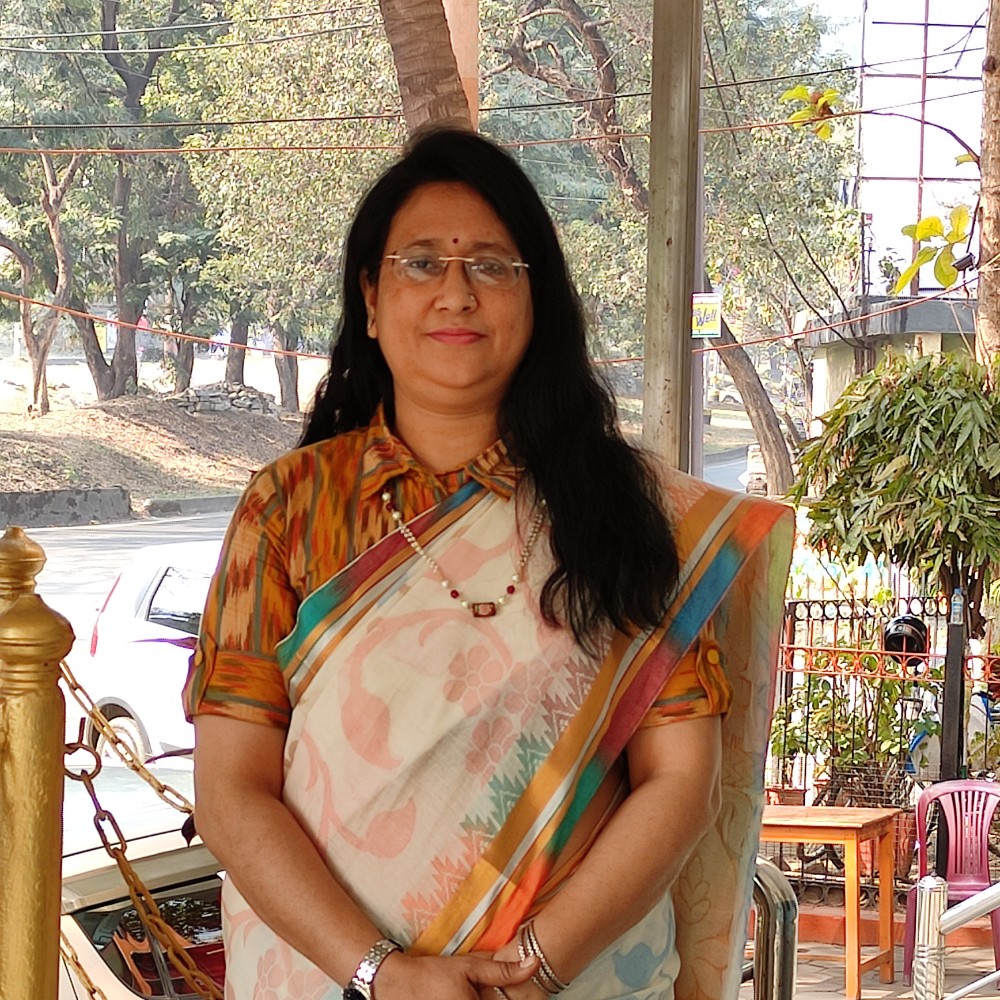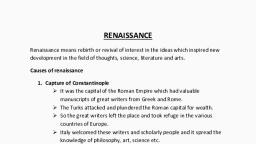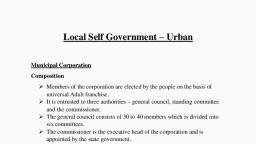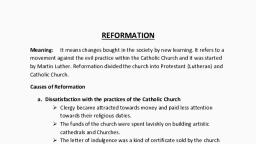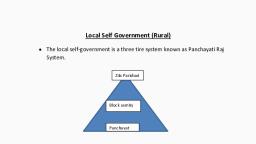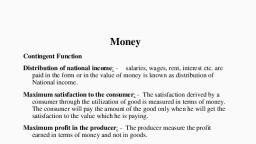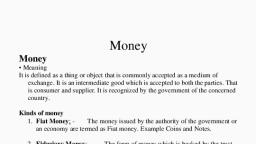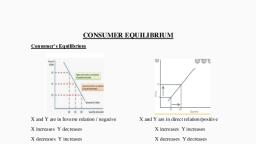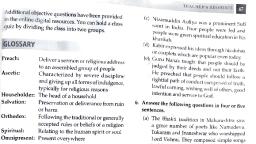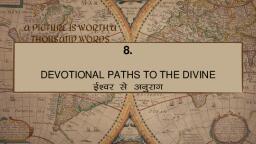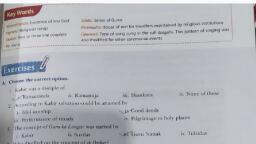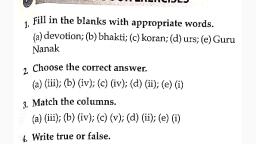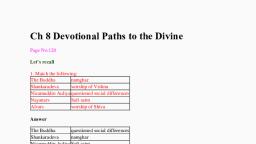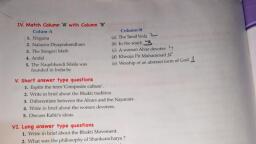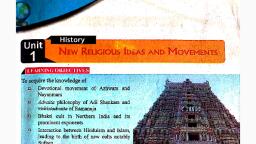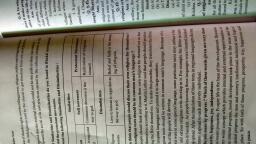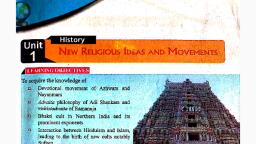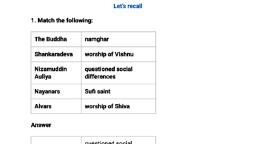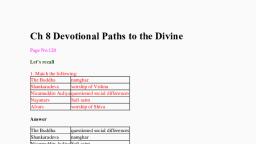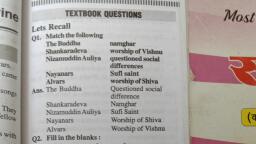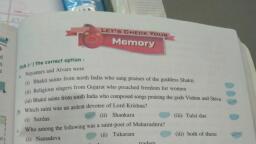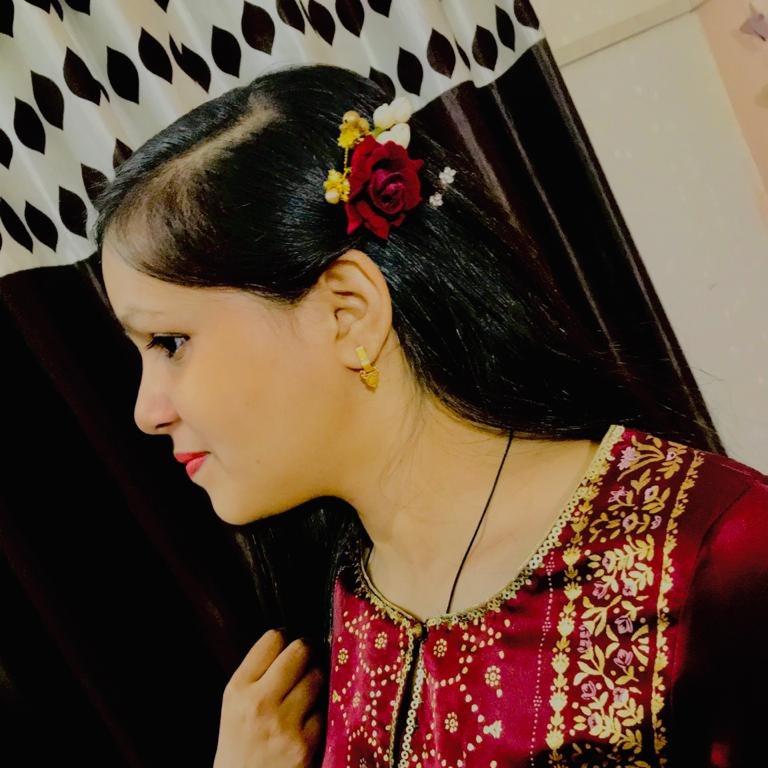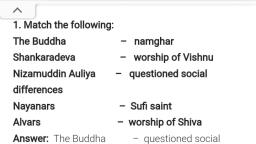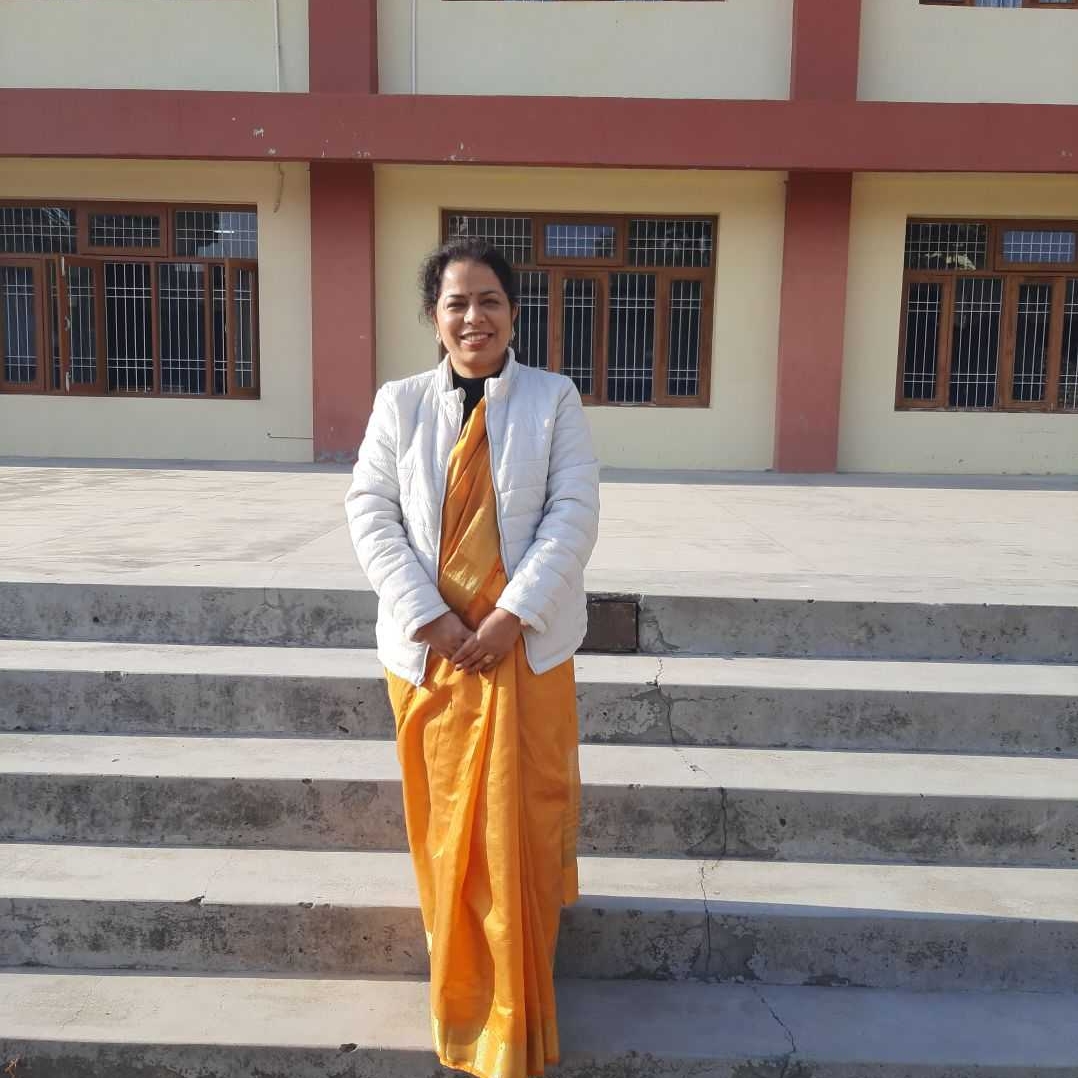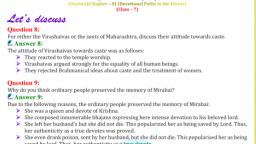Page 1 :
Composite culture, Meaning, ❖ Prolonged interaction between Hindu and Muslim population resulted in, the development of a new composite culture, called the Indo-Islamic, culture., ❖ The Mughals used artists and architects from Persia and Central Asia to, design and decorate their palaces, mosques and mausoleum, thus, developed a fusion of Indian and other Islamic artistic traditions known, as Indo-Islamic art., Sources, Literary Sources, ➢, ➢, ➢, ➢, , BIJAK, It is one of the earliest of the major texts in modern Hindi., It is a document containing sacred texts., It contains all the composition of Kabir., It is considered as the holy book by the Kabirpanthi religion., , Guru Granth Sahib, ➢, ➢, ➢, ➢, ➢, , It is the holy books of the Sikhs., It was written by Guru Anged Dev in Gurumukhi script., It contains hymns and teachings of the Sikh Gurus., It has 1430 pages and is written in poetry form., These pages are called Angas., , Archaeological Sources, Ajmer Sahib, ➢ It is a shrine(dargah) of a Sufi saint Moinuddin Chisti located at Ajmer in, Rajasthan., ➢ It was built by the Mughal emperor Shah Jahan., ➢ The main gate is known as the Nizam Gate followed by the Shahjabani, Gate., ➢ It is famous all over the world for attracting millions of devotees who, seek the Sufi saint’s blessings.
Page 2 :
St. Francis Assisi church (Kochi), ➢ It is the oldest European church in India., ➢ Originally it was built in 1503 of wood but in 1516 it was rebuilt with, stones and tiles and is dedicated to St. Anthony., ➢ The body of Vasco da Gama was buried in this church but after 14 years, his remains were removed to Lisbon., ➢ At present this church has been taken by the Church of South India., Bhakti Movement, Causes, ➢ Bhakti means devotion to God., ➢ It was reform religious movement which originated as a reaction against, caste division and ritualism in India., ➢ It has its roots in the revival of Indian philosophy of Shankaracharya,, Mirabai and Sant Jnaneshwar were the prominent followers of Bhakti, movement., , Doctrines of Bhakti Movement, ➢, ➢, ➢, ➢, , God is one, all men are equal before God., One can attain salvation through Bhakti., Religious rites, rituals and ceremonies are futile(false)., Emphasis on universal brotherhood and religious tolerance., , Mirabai, ➢ She was a devotee of Lord Krishna,, ➢ She was born in Kuki district of Rajasthan in Rathore family., ➢ She composed devotional songs full of melody and charm in praise of, lord Krishna., ➢ Many poems attributed to Mira were likely composed later by others who, admired Mirabai., ➢ Those poems are commonly known as bhajans and are popular across, India.
Page 3 :
Sufism, ➢ It was a liberal reform movement within Islam., ➢ It originated in Iran and was introduced in India in the eleventh century, AD., ➢ Sheikh Ismail of Lahore was the first sufi saint, who preached the, teachings of Sufism in India., ➢ Hazarat Nizamuddin was another famous sufi saint., Doctrines of Sufism, ➢ God is one and all people are children of God., ➢ Fundamental unity of all religions., ➢ One could reach God through love and devotion and not through blind, rituals., ➢ Inner purity and self-discipline are essential for gaining the knowledge of, God., Hazrat Nizamuddin, ➢ He was the famous sufi saint of the chisti order in the Indian, subcontinent., ➢ He believed in drawing close to god through renunciation of the world, and service to humanity., ➢ He stressed love as a mean of realising God., ➢ According to him, his love of God implied a love of humanity., , Influence of the Bhakti and the Sufi movements, ➢ Both brought a remarkable change in the Hindu-Muslim relations by, preaching universal brotherhood and equality of all men., ➢ Both communities became tolerant to each other’s faith., ➢ Both movements had important contribution to the development of Indian, music.
